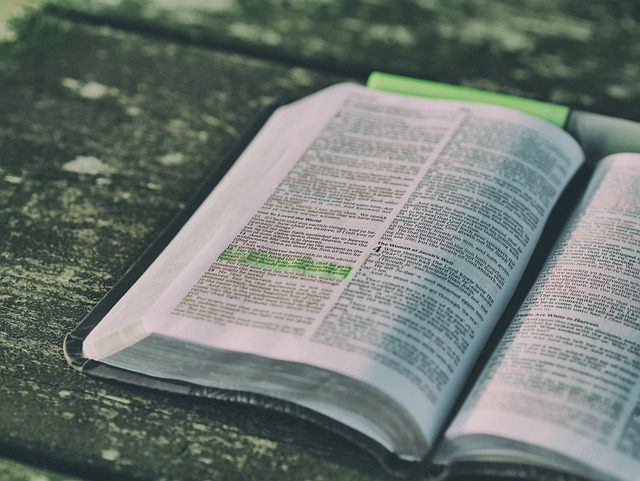Unveiling Layers: The Intersection of Texts and Painting
In the world of contemporary painting, there’s a subtle yet powerful dialogue happening on canvases around the globe—a conversation where texts become as vital as brushstrokes. These words, phrases, and fragments embedded within paintings invite us to pause, to delve deeper, and to experience art not just visually but intellectually and emotionally.
Texts in paintings serve as whispers from the artist’s mind, weaving narratives that are both personal and universal. They challenge us to see beyond the surface, to feel the tension between image and language, and to explore the meanings that emerge in that delicate interplay. Whether it’s a single haunting word or a cascade of sentences, these textual elements transform paintings into multidimensional stories.
Imagine standing before a canvas where the colors pulse with raw emotion, and faint words peek through layers of paint—sometimes ambiguous, sometimes direct. The texts might reveal hidden memories, social commentary, or poetic reflections. They create a space where viewers become detectives, piecing together fragments of meaning and engaging with the artwork on a profound level.
For many, encountering texts within paintings evokes a mix of curiosity and introspection. It can feel like uncovering a secret diary or stumbling upon a coded message meant only for you. This intimate connection between viewer and artist fosters a unique empathy—a meeting of minds across time and space.
Contemporary painters who embrace texts do more than just illustrate; they invite us into their inner worlds. The texts become bridges that link the visible and invisible, the spoken and unspoken, guiding us through the nuanced landscape of human experience. It’s in this blending of words and images that the true magic of contemporary painting reveals itself, encouraging us all to look closer, think deeper, and feel lighter.




